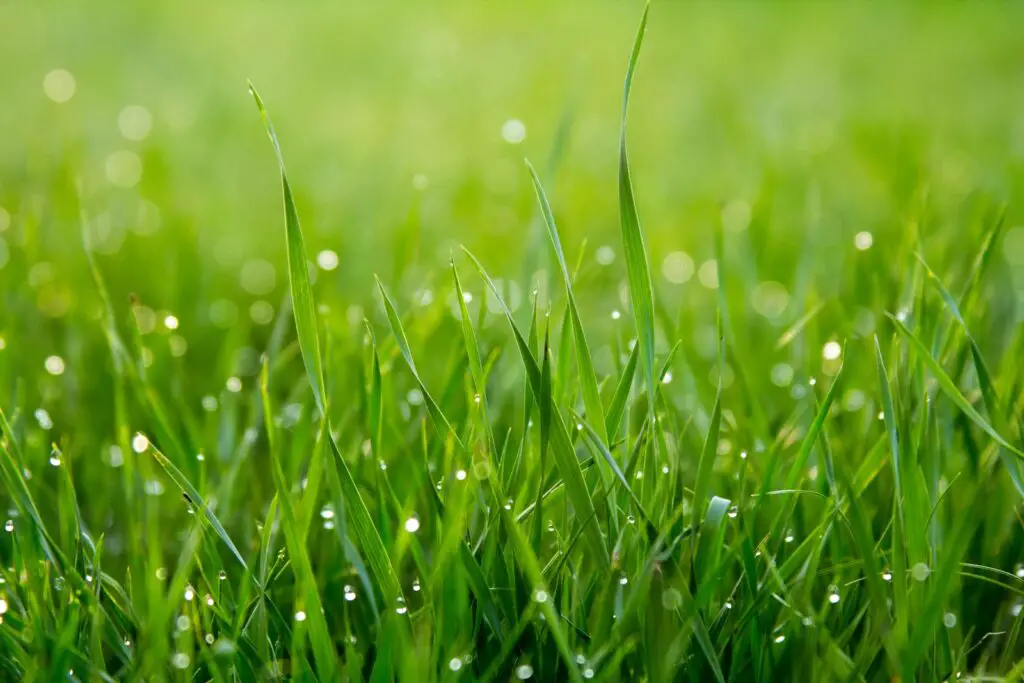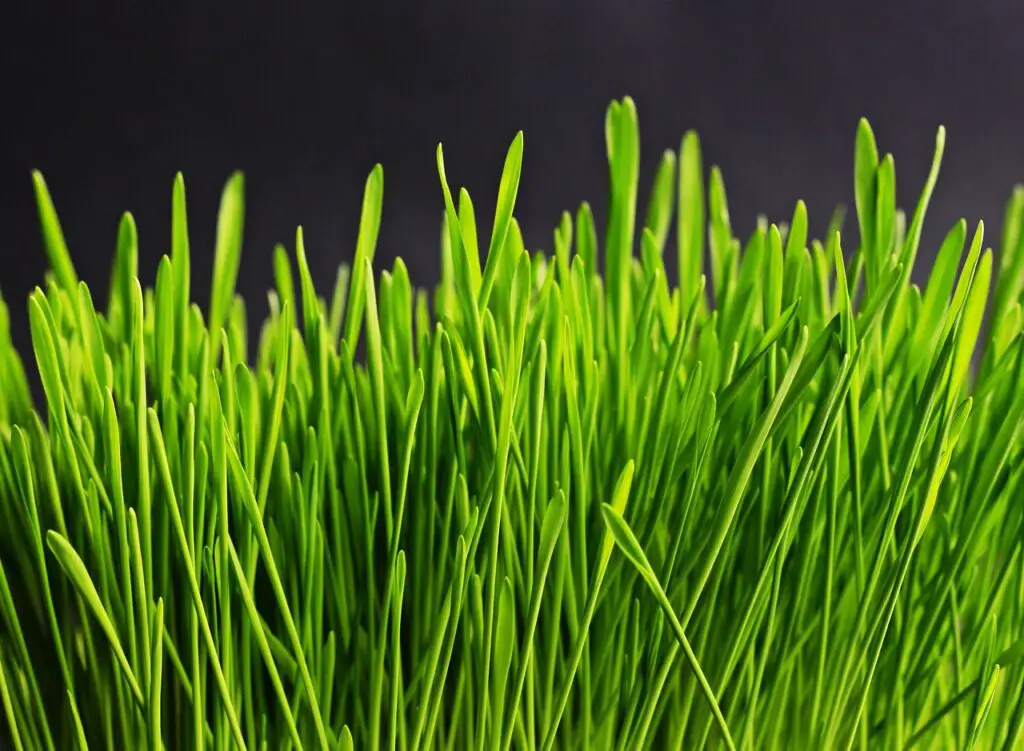
Transplanting grass can be a daunting task, but with the right tools and techniques, it can be done successfully. Whether you’re looking to fill in bare spots or relocate your lawn entirely, transplanting grass requires careful planning and execution.
Before beginning the transplanting process, it’s important to assess the health of your existing grass. If your lawn is suffering from disease or pest infestations, it may not be suitable for transplanting. Additionally, you’ll want to choose a time of year when the grass is actively growing and the weather is mild, such as early spring or fall.
Once you’ve determined that your grass is healthy and the timing is right, it’s time to prepare the new location for transplanting. This involves removing any existing grass or weeds, loosening the soil, and adding any necessary amendments. With the new location prepared, you can then begin the process of carefully digging up and transplanting your grass.
Table of Contents
Understanding the Basics

Types of Grass
Before transplanting grass, it is important to understand the different types of grass that exist. Grass can be divided into two main categories: cool-season grasses and warm-season grasses. Cool-season grasses, such as Kentucky bluegrass and fescue, grow best in cooler temperatures and are best transplanted in the spring or early summer. Warm-season grasses, such as Bermuda grass and zoysia grass, grow best in warmer temperatures and are best transplanted in the late spring or early summer.
In addition to these traditional lawn grasses, there are also ornamental grasses that can be transplanted. These grasses are typically grown for their unique appearance and can add visual interest to a garden or landscape.
Ideal Transplanting Season
The ideal transplanting season for grass depends on the type of grass being transplanted. As mentioned earlier, cool-season grasses should be transplanted in the spring or early summer, while warm-season grasses should be transplanted in the late spring or early summer. This timing allows the grass to establish itself before the heat of summer or the cold of winter sets in.
Tools Needed for Transplanting
Transplanting grass requires a few basic tools. A shovel or spade is necessary to dig up the grass and its roots. A garden rake can be used to smooth out the soil and remove any debris. A lawn roller can be used to compact the soil after transplanting. Gloves are recommended to protect your hands, and pruning shears may be needed to trim any damaged or dead roots before transplanting.
Overall, transplanting grass can be a straightforward process if the basics are understood and the right tools are used.
Preparing for Transplant

Assessing the Lawn
Before transplanting grass, it is important to assess the lawn to determine if it is healthy enough for transplanting. Look for patchy areas, weeds, and signs of disease or pest infestations. If the lawn is unhealthy, it may not be a good candidate for transplanting.
Preparing the Area
Preparing the area for transplanting is an important step. Start by removing any weeds or unwanted plants from the area. Then, loosen the soil to a depth of at least 6 inches to allow the roots of the transplant grass to penetrate the soil easily. If the soil is compacted, use a garden fork or tiller to loosen it.
Choosing the Transplant Grass
When choosing the transplant grass, consider the type of grass that is currently growing in the lawn. Warm-season grasses, such as Bermuda grass and St. Augustine grass, should be transplanted in the late spring or early summer when they are actively growing. Cool-season grasses, such as Kentucky bluegrass and fescues, should be transplanted in the early spring or fall when temperatures are cooler.
Choose a healthy and mature transplant grass that matches the variety of the existing grass in the lawn. Ornamental grasses can also be used for transplanting, but they may require more care and maintenance. Ensure that the transplant grass has a healthy root system and is free from any disease or pest infestations.
To improve the soil, consider adding soil amendments such as nitrogen, manure, peat moss, or compost. Test the soil pH to determine if it needs to be adjusted. Water the area thoroughly before transplanting to ensure that the soil is moist.
In summary, preparing for transplanting grass involves assessing the lawn’s health, preparing the area by removing weeds and loosening the soil, and choosing a healthy and mature transplant grass that matches the existing grass type. By following these steps, the transplanting process can be successful and result in a lush, healthy lawn.
Transplanting Process
Digging Up the Grass
Before transplanting grass, it’s important to prepare the area where the grass will be transplanted. The grass should be dug up from its current location using a garden fork or a spade. The grass should be dug up carefully, making sure not to damage the root ball. The root ball should be kept intact to ensure the best chances of successful transplantation.
Transplanting the Grass
Once the grass has been dug up, it’s time to transplant it to its new location. The new location should be prepared beforehand, with the soil loosened and any debris removed. The grass should be transplanted immediately after being dug up to prevent the roots from drying out.
To transplant the grass, divide the root ball into smaller sections using a sharp spade or knife. The sections should be small enough to handle easily, but large enough to contain enough roots to support the grass. Once the sections have been divided, replant them in the new location, making sure to plant them at the same depth they were in their original location.
Watering and Maintenance
After transplanting, water the grass thoroughly to help it establish itself in its new location. Watering should be done regularly until the grass has become established.
In addition to watering, it’s important to fertilize the grass to promote healthy growth. A slow-release fertilizer should be used, and it should be applied according to the manufacturer’s instructions.
Mulching is also recommended to help retain moisture and prevent weeds from growing. Spread a layer of mulch around the newly transplanted grass, making sure not to cover the grass blades.
Regular maintenance, such as mowing and irrigating, is also important to ensure the continued development of the transplanted grass.
Post Transplant Care
Monitoring Growth
After transplanting grass, it is important to monitor its growth to ensure that it is thriving in its new environment. The first few weeks after transplanting are crucial for the grass to establish its roots in the new soil. During this time, it is important to keep a close eye on the growth of the grass.
One of the key things to look out for is new growth. This is a sign that the grass is adapting well to the new environment. On the other hand, if there is no new growth, it may indicate that the grass is struggling and may require additional care.
It is also important to watch out for any dead or yellowing grass. This may be a sign of nutrient deficiencies or other issues that need to be addressed.
Addressing Issues
If there are any issues with the grass after transplanting, it is important to address them promptly to ensure that the grass remains healthy. One of the most common issues that arise after transplanting is nutrient deficiencies. This can be addressed by fertilizing the grass with a high-quality fertilizer.
Another issue that may arise is over or under-watering. It is important to water the grass regularly, but not too much or too little. Too much water can lead to root rot, while too little water can cause the grass to dry out and die.
Patience is also key when it comes to post-transplant care. It can take several weeks or even months for the grass to fully establish itself in its new environment. During this time, it is important to provide the grass with the care it needs and to monitor its growth closely.
Overall, by monitoring growth and addressing any issues promptly, you can ensure that your newly transplanted grass remains healthy and thrives in its new environment.
Frequently Asked Questions
When it comes to transplanting grass, there are a lot of questions that people may have. Here are some of the most frequently asked questions about transplanting grass:
Q: When is the best time to transplant grass?
A: The best time to transplant grass is in the spring or fall when the temperatures are mild and there is plenty of moisture in the soil. Avoid transplanting grass during the hot summer months or during periods of drought.
Q: How do I prepare the soil for transplanting grass?
A: Before transplanting grass, it is important to prepare the soil properly. Start by removing any weeds or debris from the area where you will be transplanting the grass. Then, loosen the soil to a depth of at least 6 inches and add any necessary amendments, such as compost or fertilizer.
Q: How do I transplant the grass?
A: To transplant grass, start by cutting a section of grass from the donor area using a sharp spade or sod cutter. Then, use the same tool to cut a matching hole in the recipient area and carefully place the grass into the hole. Be sure to water the area thoroughly after transplanting.
Q: How long does it take for transplanted grass to establish?
A: Transplanted grass typically takes about 2-3 weeks to establish roots in its new location. During this time, it is important to keep the area well-watered and avoid mowing the grass until it has fully established.
Q: Can I transplant grass from one type of soil to another?
A: Yes, you can transplant grass from one type of soil to another. However, it is important to make sure that the new soil has the same pH and nutrient levels as the original soil to ensure the best chance of success.
Q: Can I transplant grass during the summer?
A: While it is possible to transplant grass during the summer, it is not recommended. The hot temperatures and lack of moisture can make it difficult for the grass to establish in its new location. It is best to wait until the fall or spring to transplant grass.